Supercooled water has been caught morphing between two forms0
- From Around the Web, Science & Technology
- November 19, 2020
The result could help explain some of the weird properties of H20

The result could help explain some of the weird properties of H20

There has been a significant increase in sightings of UFO’s in 2020, both here in Minnesota and across the nation, according to groups who track such events.

Growing plants in Red Planet soil will require adding nutrients and removing toxic chemicals

Stratolaunch has started construction on a prototype hypersonic vehicle designed to launch from the world’s biggest airplane.
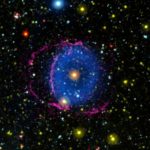
Two stars merged, spewing out debris in opposite directions to form two glowing cones
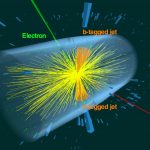
New results from the CMS Collaboration at CERN’s Large Hadron Collider demonstrate for the first time that top quarks are produced in nucleus-nucleus collisions. The results open the path to study in a new and unique way the extreme state of matter that is thought to have existed shortly after the Big Bang.
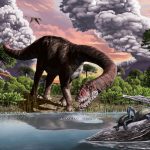
Volcanic activity may have altered plant life and ushered in rise of dinosaur giants
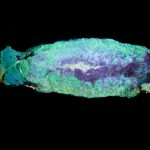
What other secrets are they hiding?
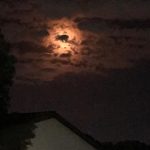
Four astronauts riding a newly-designed spacecraft from Elon Musk’s rocket company SpaceX greeted their new crewmates aboard the International Space Station on Tuesday after successfully docking in a landmark achievement for private space travel.
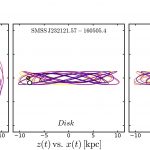
Theories on how the Milky Way formed are set to be rewritten following discoveries about the behavior of some of its oldest stars.



